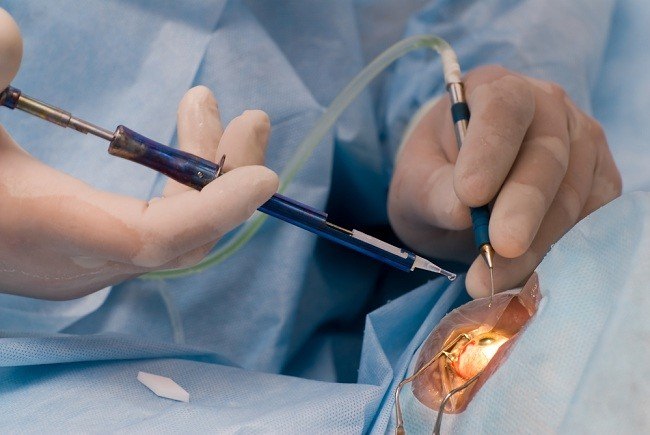Cervical dysplasia is a condition in which abnormal cell growth occurs in the cervix or cervix. This condition can occur in women at any age, but is more common in women ages 18–30.
Cervical dysplasia is generally asymptomatic. However, there are some patients who experience symptoms in the form of bleeding from the vagina. Cervical dysplasia is characterized by abnormal changes in the shape and size of healthy cells in cervical tissue. These changes are generally not malignant or cancerous.

Even so, cervical dysplasia over time can develop into cervical cancer if not treated as early as possible. Therefore, cervical dysplasia is often referred to as a precancerous lesion.
Cervical dysplasia is more often detected during a Pap smear or Pap test. Therefore, it is highly recommended to have regular health check-ups with the doctor. The goal is that treatment can be carried out immediately when a health problem is detected, including cervical dysplasia which can develop into cancer.
Causes and Risk Factors for Cervical Dysplasia
The most common cause of cervical dysplasia is viral infection human papillomavirus (HPV), which is transmitted through skin or sexual contact, including anal sex and oral sex. In addition, there are several factors that can increase a woman's risk of cervical dysplasia, namely:
- Frequently changing sexual partners
- Have had sex or have given birth before the age of 18
- Not using a condom during sex
- Weak immune systems, for example having a history of organ transplants, taking immune-suppressing drugs, or suffering from HIV/AIDS
- History of smoking or frequent exposure to secondhand smoke
- History of sexually transmitted infections
In addition, several studies also show that women are more at risk of cervical dysplasia if they have given birth more than 3 times or if they use birth control pills in the long term.
Ways to Detect Cervical Dysplasia
As previously described, cervical dysplasia generally does not cause typical signs or symptoms. Most cases of cervical dysplasia are only detected when a woman undergoes routine health checks (check-up) to the doctor or when he had a Pap smear.
PAP smear is a medical examination performed to check the condition of cells and tissues in the cervix or cervix. This examination is often done as a routine examination for early detection of cervical cancer.
In addition to Pap smears, doctors can also detect cervical dysplasia with an examination called a colposcopy. Colposcopy is done by observing the inside of the vagina and cervix with a microscope or special binoculars called a colposcope.
Steps for Handling Cervical Dysplasia
Treatment of cervical dysplasia is generally adjusted to the severity of the condition and the age of the patient. For mild dysplasia experienced by young women, this condition usually only requires regular monitoring through regular health checks and Pap smears according to the schedule recommended by the doctor.
Meanwhile, if mild dysplasia occurs in older women, this condition may require regular monitoring every 2 years. Follow-up measures will be considered if within that time period, mild dysplasia turns into moderate or severe dysplasia, or is accompanied by other diseases.
To treat severe cervical dysplasia and prevent it from developing into cervical cancer, doctors can perform treatments in the form of:
1. Frozen surgery
Frozen surgery or cryosurgery is a surgical procedure that uses liquid nitrogen to freeze and destroy abnormal cells in the body, including the cervix.
2. Laser surgery
Laser surgery is performed to burn and remove abnormal tissue in the cervix using a laser beam.
3. Cauterization
Electrosurgery or cauterization works similar to laser surgery, in that it burns and removes abnormal tissue in the cervix. However, unlike laser surgery, this technique utilizes electricity.
4. Cervical surgery
Surgery on the cervix or conventional surgery can be performed to remove abnormal tissue in the cervix. Usually, this surgery is followed by a biopsy.cone biopsy).
5. Hysterectomy
Hysterectomy or surgical removal of the uterus is not the main treatment method for cervical dysplasia. Hysterectomy is usually performed to treat severe cervical dysplasia that has progressed to cancer or if cancer cells have spread to the uterus.
In order to avoid cervical dysplasia, every woman is advised to protect herself from HPV infection by practicing safe sex and getting the HPV vaccine. Prevention of cervical dysplasia also needs to be done by living a healthy lifestyle, for example stopping smoking.
If you are a woman who has been sexually active, do regular Pap smears to the doctor as the main step to detect abnormalities in the cervix early, including cervical dysplasia.









